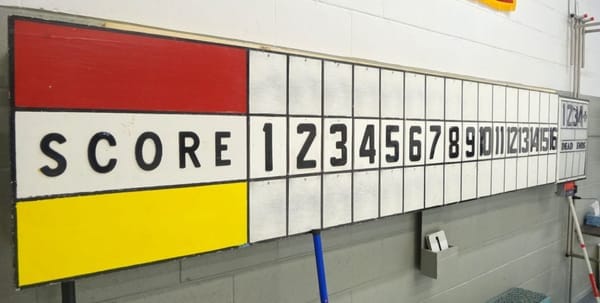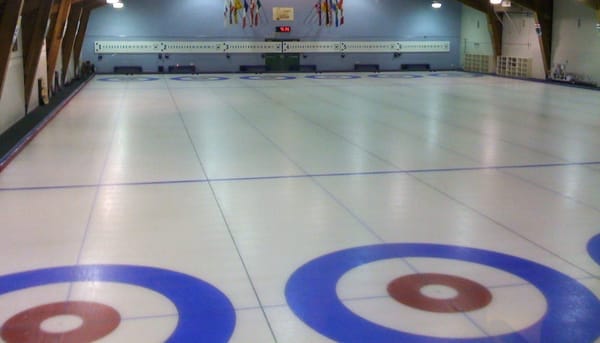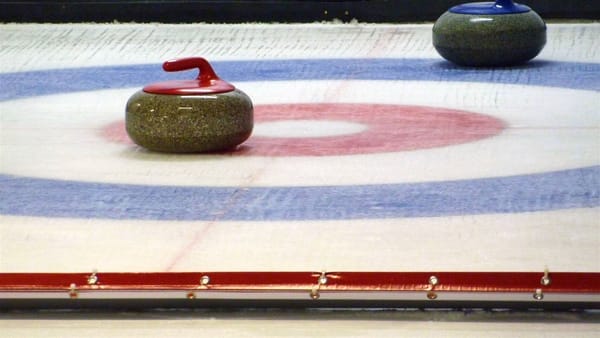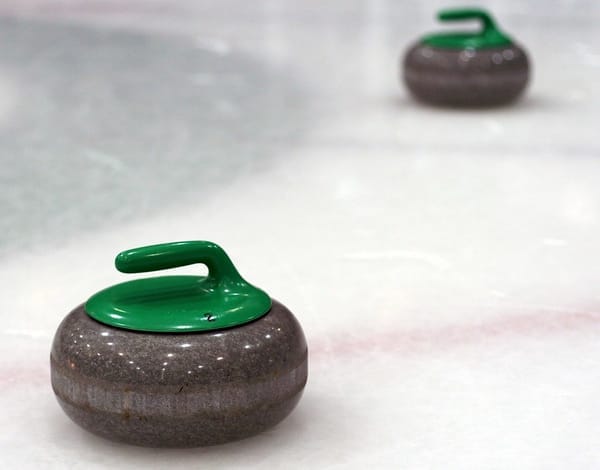How to Read a Curling Scoreboard

Understanding Curling Scoreboards: A Guide for Fans
Curling can be a thrilling and strategic sport, but if you’re new to it, deciphering the scoreboard can be a bit challenging. There are two primary types of scoreboards you'll encounter: baseball-style scoreboards and club scoreboards. Each serves its purpose, especially in helping viewers grasp the flow of the game.
If you're here because you don't understand the scoreboard you're looking at, you're likely looking for the Club Scoreboard, the baseball-style scoreboard is more commonly-known outside of the sport.
Baseball-Style Scoreboards
Baseball-style scoreboards are designed with clarity in mind, making them especially popular for televised matches. These scoreboards feature columns for each end of the game, with an additional column that tallies the total score. Each team has its own row, where their scores for each end and the final total are displayed.
For example, during the men’s final at the 2006 Winter Olympics, the scoreboard looked like this:
| Team | 1 | 2 | 3 | 4 | 5 | 6 | 7 | 8 | 9 | 10 | Final |
|---|---|---|---|---|---|---|---|---|---|---|---|
| Canada | 0 | 2 | 1 | 1 | 0 | 6 | 0 | 0 | X | X | 10 |
| Finland | 2 | 0 | 0 | 0 | 1 | 0 | 0 | 1 | X | X | 4 |
In this match, Canada emerged victorious with a final score of 10, compared to Finland’s 4. The "X" marks indicate that those ends were not played because the game concluded earlier.
Club Scoreboards
Club scoreboards, on the other hand, take a more traditional approach. They utilize an 11-digit card system to track scores, featuring a central row that lists all possible scores. Each team's row indicates which end they achieved those cumulative scores.
For instance, if the red team scores 3 points in the first end, they would place a "1" next to the "3" in their row. If they score 2 more points in the second end, a "2" would be marked next to the "5."
A key rule in curling is that only one team can score in any given end. If neither team scores, that end is referred to as a blank end, with the corresponding numbers noted in the rightmost column—typically under the team that had the hammer (the last rock advantage).
Here’s how the scoreboard for the 2006 Winter Olympics men’s final would appear using the club format:
| Scoreboard | |||||||||||||||
|---|---|---|---|---|---|---|---|---|---|---|---|---|---|---|---|
| Canada | 2 | 3 | 4 | 6 | |||||||||||
| 1 | 2 | 3 | 4 | 5 | 6 | 7 | 8 | 9 | 10 | 11 | 12 | 13 | 14 | 15 | |
| Finland | 1 | 5 | 8 | ||||||||||||
| Blanks: 7 |
This scoreboard provides the same outcome as the baseball-style version: Canada finished with 10 points while Finland had 4.
Many scoreboard don't have a well marked location for blanks some times they are placed above or below the score board, and sometime they are placed at the far end of the socreboard (near the 15 points position).
as a rule of thumb, if one of the end cards looks like it is out of place, chances are, it's a blanked end.
Conclusion
Whether you’re watching a high-stakes championship or a local club match, understanding how to read these scoreboards can enhance your viewing experience. So next time you tune into a curling game, you'll be well-equipped to follow the action and appreciate the strategy unfolding on the ice!



